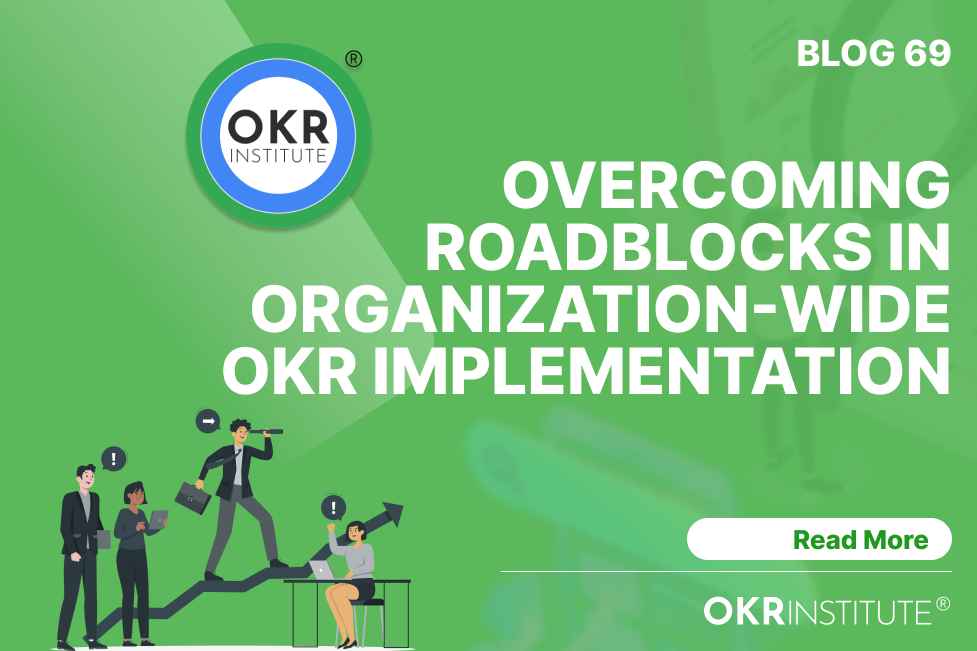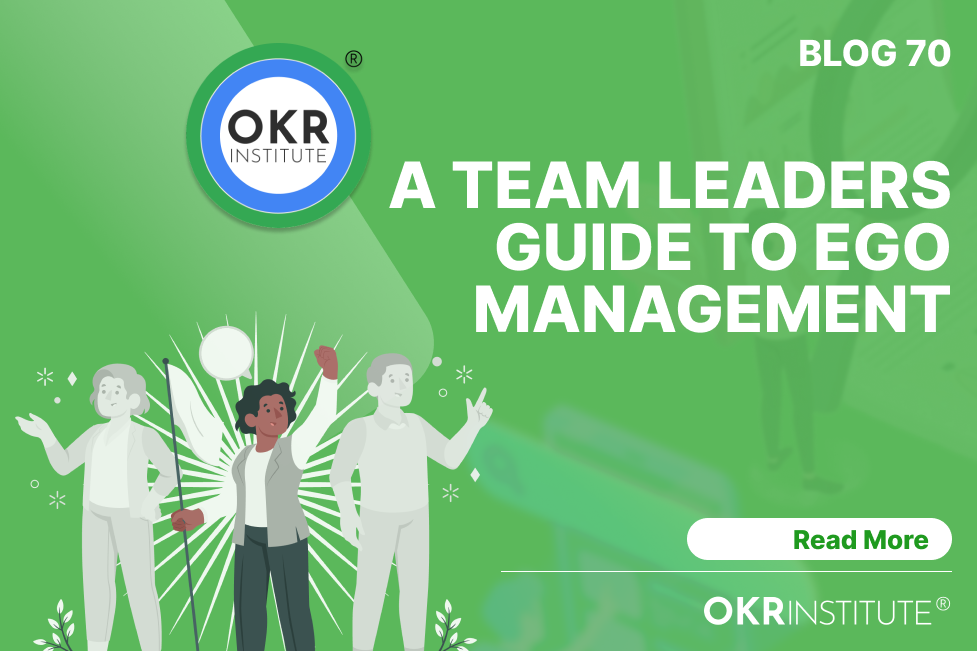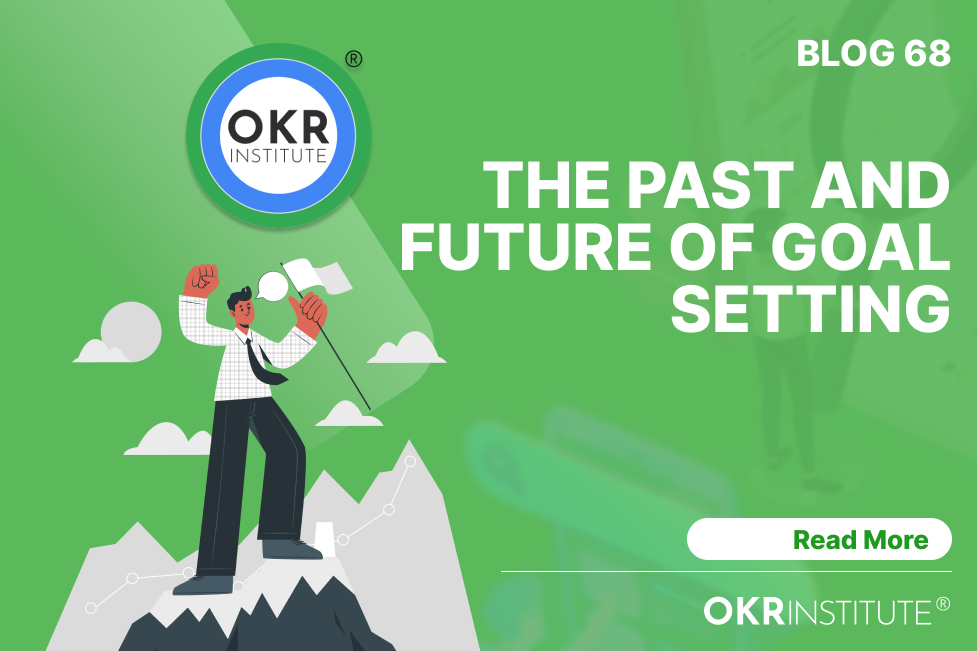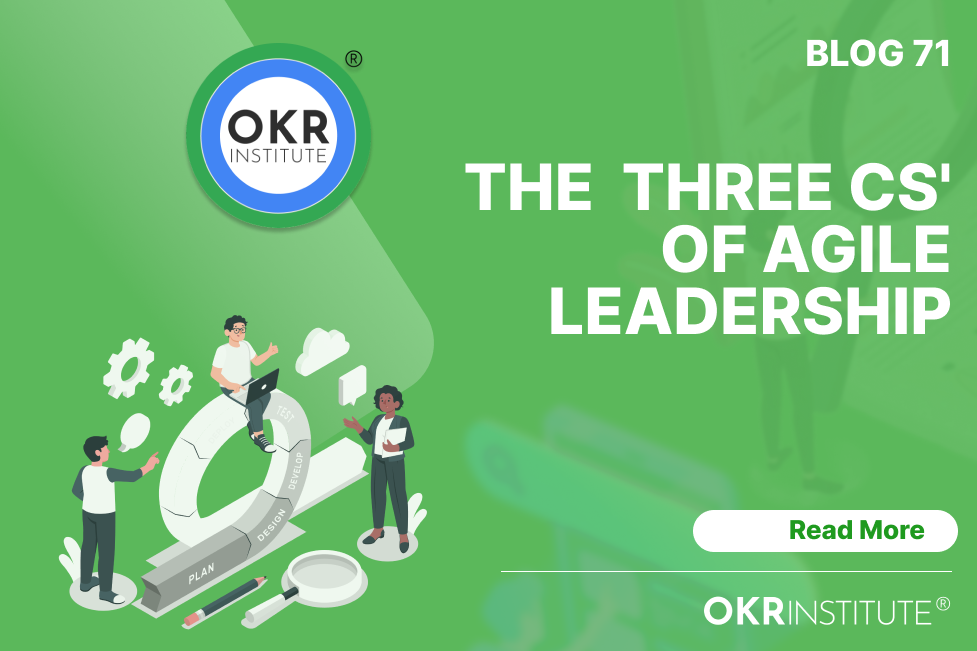3 Agile Leadership Principles that You can apply right Now

3 Principles of Agile Leadership that you can apply right Now
“Agility means that you are faster than your competition. Agile time frames are measured in weeks and months, not years.”
Michael Hugos , Agile systems architect
The trap of getting stuck into old behavioral patterns, purely because there is a certain degree of comfort therein, needs to be avoided if we want to first clearly recognize new opportunities and secondly take action on them.
We are operating businesses within a fast-paced and challenging environment. Theory alone, albeit intellectually stimulating will not breach the strategy-execution gap. What most of us need are principles and tools that we can apply immediately that assist us in leading our people toward actualizing our joint vision.
The ability to make rapid and quality decisions, embrace useful change and navigate through volatile external market forces and economic circumstances are more important than ever.
1. Clarity on the future desired state and communication
Doubts, fears, limiting beliefs and uncertainties can under most circumstances harm performance and dramatically slow down the speed of execution. Although in our opinion, speed is more important than perfection, the speed of execution needs to be well balanced with qualitative and improvement measures to ensure sustainability as well.
Any project, performance framework, new product launch, or new venture needs to be infused with as much clarity as possible from the onset –
- Clarity of Vision
- Clarity on purpose (The why behind it all)
- Clarity of roles and responsibilities
- Clarity on priorities
- Clarity on measurables
- Clarity of communication (seek first to understand before we seek to be understood)
Buy-in from team members will either be partial or slow or even nonexistent if doubt is the pervasive emotion among team members
2. Rapid decision-making – creating certainty within uncertainty
2.1 Gather information and prioritize
A significant amount of leaders are under severe pressure and carry a lot of responsibility on a daily basis and as a result, self-care can be neglected. It will serve us well to act on the fact that we will make the best possible decisions when we are in a calm, focused, and inspired state. Self-development and self-care for leaders are just as important as the well-being of all team members and impact our ability to make sound and impactful decisions.
If you wait until you have 100% of the information in order to make a ‘perfect decision’ you will probably wait forever. Agile leaders prioritize information and gather it as quickly as possible, knowing that in most situations they are likely to only have up to 60% of the information available (if fortunate) to make a decision.
3. Make the decision and act
Ask ‘quickfire questions’: Does this really matter? And what specific positive impact can we make through this? Do we have the capacity to do this and do it well?
Filter activities /decisions through the value system of the company to ensure that it is not: How can we execute this with integrity and with customer excellence? (our values)
If little or no answers are forthcoming you can start by conducting an experiment, but the key here is to translate thought processes into action as rapidly as possible without neglecting quality
3.1 Prioritize, focus, take consistent action, and measure what matters
The agile leaders’ role is to identify and align useful improvement and change initiatives, and to prioritize them according to the highest potential yield provided for the company and stakeholders (most important being customers/clients) without compromising on the company value system.
Put measurables in place such as OKR frameworks to assist in bridging the strategy and execution gap. Getting ‘buy in ‘ from all relevant stakeholders is a critical first step in ensuring consistent action.
Join our OKR Leadership course to learn how to practically apply Leadership principles within OKR frameworks to make them sustainable and successful:
OKR Leadership Course
Having a Town hall meeting or OKR kick-off meeting wherein:
- The vision of the company is re-emphasized or shared in an inspirational way
- The ‘Why ‘, the impact, the necessity, and the purpose of OKR deployment is made clear.
- Teamwork, support, and collaboration are emphasized
- The importance of each stakeholders role is clarified
- Your pre-selected OKR champions support you in creating an energetic atmosphere during the ‘kick-off meeting’
Can be an excellent starting point in securing committed buy-in from at least members
Talent Development Director of the OKR Institute
Related Courses
Recent Posts
Tags
#OKR
#OKR Coaching
#OKR Coach







